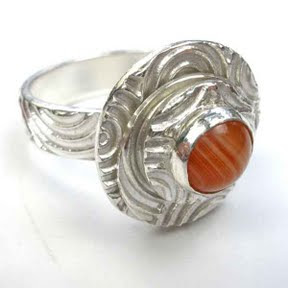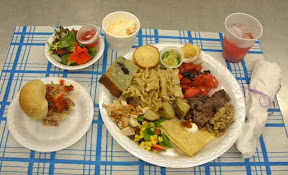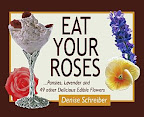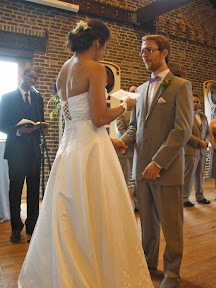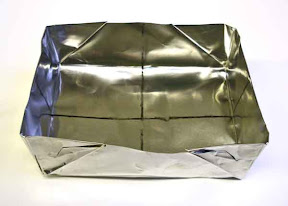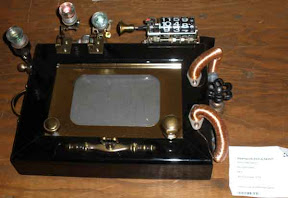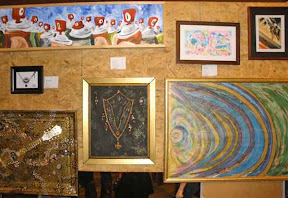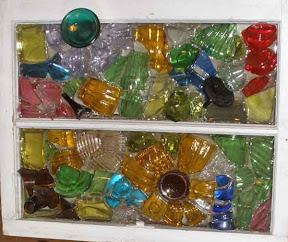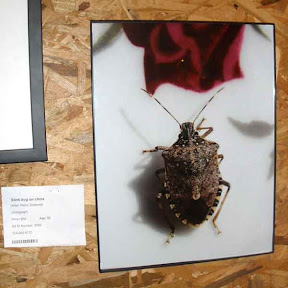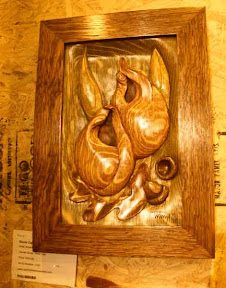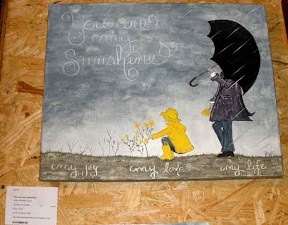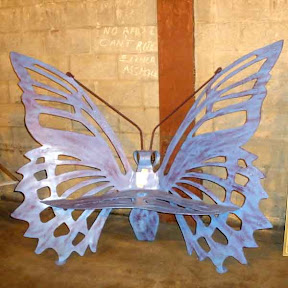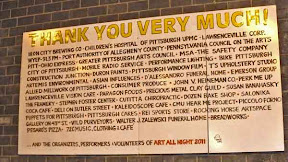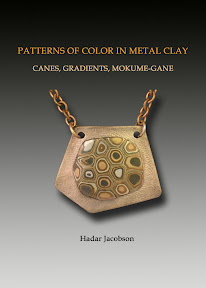 I am truly honored that Hadar Jacobson chose to include not just one but two of my pieces as examples of what can be done with the techniques she describes in her latest (fourth) book, Patterns of Color in Metal Clay.
I am truly honored that Hadar Jacobson chose to include not just one but two of my pieces as examples of what can be done with the techniques she describes in her latest (fourth) book, Patterns of Color in Metal Clay.
She begins the volume with an Introduction, “How to Read This Book,” that opens with:
“The projects in this book have been written and re-written while I was teaching them over an entire year, at my studio and other places in the world.”
Our wonderful workshop in Pittsburgh in March 2011 (which I documented throughout much of April) was one of the last few “trial runs” of this material, and I am still soooo glad that I took it!
I had already devoured Hadar’s first three books pretty much on my own (though, for a few bits, I’d discussed those with a handful of guild-mates) and regularly followed her blog. I appreciated all those sources for both specific techniques and general inspiration. I think this book, on its own, is just as useful as are the earlier ones but, still, there is nothing like participating in a workshop for gaining additional insight from a talented artist-teacher and, when you’re really lucky, from your classmates too!
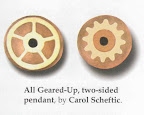 I did talk a bit about All Geared Up right after our workshop. Afterwards, I put up for sale everything from the workshop but this piece: this one I had determined I wanted to keep for myself as a memento. I’m especially thrilled that Hadar managed to show both sides of it, since one of the challenges I regularly set myself is to design pieces that are reversible.
I did talk a bit about All Geared Up right after our workshop. Afterwards, I put up for sale everything from the workshop but this piece: this one I had determined I wanted to keep for myself as a memento. I’m especially thrilled that Hadar managed to show both sides of it, since one of the challenges I regularly set myself is to design pieces that are reversible.
That one appears early in this book, on page 7, along with the very first project. It’s an example of the “inlay” technique, which Hadar introduced in an earlier book (Mixed Metal Jewelry from Metal Clay). But she provided another description of that here, briefly, because it’s a component of many of the other techniques introduced in this book.
(Please note, however, that there is very little redundancy across Hadar’s books. In most cases, when she mentions some technique she’s already addressed, she just refers you to the earlier book. On one hand, that means for some specific projects you also need the earlier books to really follow everything but, on the other, it means that when you do buy later books you are not paying for information you already have…which I very much appreciate. I might guess that she made an exception with Inlay here, simply because she wanted to emphasize how crucial a skill it is to the success of so many subsequent techniques, more than to remind us that we can make lovely pieces using that alone as the earlier book had emphasized.)
 The second piece of mine that Hadar chose to include is the one I call Mixed Metaphors, which can be found on page 124. I have not mentioned it, specifically, before this, although I did slip in a different photo of it a few weeks ago when I said a bit about firing boxes. Though the other side is illustrated neither on my blog nor in Hadar’s book, this piece also is reversible. The other side has a simple matte-finish, softly-striped, textured-copper design with the same “droplet” opening to expose the weaving. And it now hangs from a hand-made copper wire-wrapped bail. (I sure hope you continue to be delighted with your purchase, Debby!)
The second piece of mine that Hadar chose to include is the one I call Mixed Metaphors, which can be found on page 124. I have not mentioned it, specifically, before this, although I did slip in a different photo of it a few weeks ago when I said a bit about firing boxes. Though the other side is illustrated neither on my blog nor in Hadar’s book, this piece also is reversible. The other side has a simple matte-finish, softly-striped, textured-copper design with the same “droplet” opening to expose the weaving. And it now hangs from a hand-made copper wire-wrapped bail. (I sure hope you continue to be delighted with your purchase, Debby!)
It’s a later piece from the series I started (right after the workshop) that combined weaving (using what I call “flexible greenware,” from Hadar’s first book) with mokume-gane (from her then-upcoming / now-published fourth volume). That entire series posed a number of technical challenges (which I figure is one reason why I’m not yet seeing lots of other examples of that combination–and could be one reason this piece was included…). In many cases, but not all, you can easily combine various different clays in a single piece. What I was trying to do with these felt like it might have been approaching the limit a bit on what was likely to work well (at least in the ways I was then imagining). I’m still testing and tweaking some ideas about mixed-metals and weaving (in between trying to build inventory for fall and winter sales of tried-and-true approaches—hey, this girl has to make enough money somehow to pay for the experimenting that leads to new styles—and keeping up with Hadar’s other new announcements, such as a new version of her Pearl Gray Steel to add to the mix). When I have enough reliably-successful pieces, I’ll write some more about what works well, and what went not-so-well.
But please don’t hold your breath waiting for that. It’s on the to-do list, but I’ve a number of other ideas I hope you’ll find interesting that are competing with it for positions near enough the top of the list to actually have a chance of getting done! Conversely, if you are experimenting with similar approaches, please leave a comment … and a link if you have any photos and/or other commentary to share!
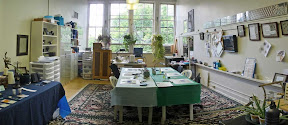
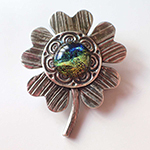 Artsmiths of Pittsburgh
Artsmiths of Pittsburgh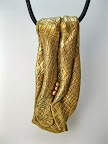 Hoyt Center for the Arts, New Castle, PA
Hoyt Center for the Arts, New Castle, PA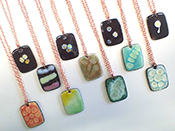 Portage Hill Gallery, Westfield, NY
Portage Hill Gallery, Westfield, NY _Open Houses in my Studio
_Open Houses in my Studio _Or…contact me about hosting a private party!
_Or…contact me about hosting a private party!
